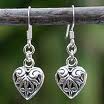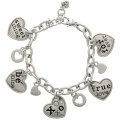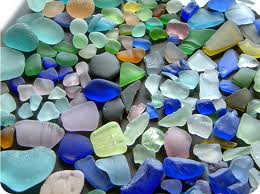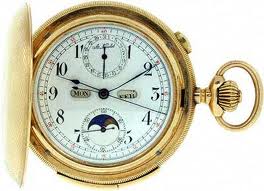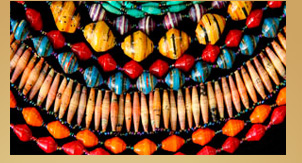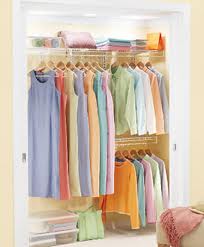 Welcome to the month of March and the middle of the home buying season. Having spent most of my adult life working in the marketing world I learned a few things. One of the things I learned is that the large population group called the “Baby Boomers” is like a pig in a python. They are so large (up to 76 million) that they dramatically affect products for every stage of life they move through. This includes housing.
Welcome to the month of March and the middle of the home buying season. Having spent most of my adult life working in the marketing world I learned a few things. One of the things I learned is that the large population group called the “Baby Boomers” is like a pig in a python. They are so large (up to 76 million) that they dramatically affect products for every stage of life they move through. This includes housing.
You can read the details of why home prices will continue to free-fall here. Or you can consider that as the Boomers retire and downsize, the demographic group behind them is much smaller, earns far less and isn’t as interested in living in a large home in the suburbs.
Marketing forecasters have noted that young homeowners prefer urban living in order to develop richer relationships and social networks. A strong social network is an important asset in a high unemployment economy. Urban locations also have greater access to those jobs that are available as well as public transportation. Cars are a big expense today that not everyone can afford. Long suburban commutes take up time that young couples are not as willing to give up as their parents were.
In the end younger homeowners focus on developing relationships over acquiring “stuff” or square footage. This is a survival strategy as much as a lifestyle choice. But I think it’s a good one.
Not surprisingly, many retired Boomers often prefer urban areas for some of the same reasons, plus the added benefit of easy access to high quality healthcare.
In addition there is the general overall trend toward much smaller, easier living spaces (read more here, here and here).
Added to this is the nightmare title/foreclosure problems that exist with MERS (40% of mortgaged homes). It’s difficult to buy or sell if no one knows who owns the title.
Then we have the Too-Big-To-Fail banks’ total lack of interest in cooperating with consumers through loan modifications, but instead, a preference for foreclosures whenever possible. Why? Because these banks never experienced the consequences of their unethical and risky mortgage loan practices. Not only were bank executives never prosecuted, investors were actually made whole from all losses through the Republican-Democrat taxpayer bail-out. Can you say “good ‘ole boy network?”
Of course this was VERY expensive (trillions of dollars) and we, as taxpayers, will have to reduce our national spending to pay for it. One way this might happen is by the recently proposed elimination of the home mortgage tax deduction. Reduction in social security, medicare and education funding are other targets – not to mention any and all social safety nets for those in crisis – mainly women & children.
Longer term, this means big banks are highly motivated to continue selling risky mortgages, foreclose and resell any and all properties for as long as possible. No need to modify loans or stop shady loan practices. Where are the foreclosure fees or resale profits in that? Meanwhile, we the taxpayers, have already reimbursed them for failed mortgages – even as many of us are evicted from our homes. The rest of us are apparently in the wrong business! (Post Script added 3-2-11: But resigning ourselves to this outcome of events is not inevitable, only one choice, as Yves Smith writes about here.)
NET: This huge over-supply of super cheap homes will last decades.
This timely article provides another glimpse of the current state of the housing market.
All in all, you can readily see why suburban home prices will continue to drop, drop, drop for a LONG time.
So what will happen to all those 3 bdrm/2 bath McMansions? We haven’t seen anything yet.
You may also like Financial & Economic Crisis an Accident? and Why the Rich Get Richer.


 Tragically, today too many women around the world still can not vote, open bank accounts, study or get advanced education, do work of their choice, marry the person of their choice or live a life different from their culture’s expectations with dignity. Too many women are still stoned for adultery (as if men don’t participate), killed at birth for not being male, or treated as family servants and slaves. In too many places rape is still seen as something that women bring on themselves, rather than as a crime of violence, power, violation and abuse.
Tragically, today too many women around the world still can not vote, open bank accounts, study or get advanced education, do work of their choice, marry the person of their choice or live a life different from their culture’s expectations with dignity. Too many women are still stoned for adultery (as if men don’t participate), killed at birth for not being male, or treated as family servants and slaves. In too many places rape is still seen as something that women bring on themselves, rather than as a crime of violence, power, violation and abuse.
